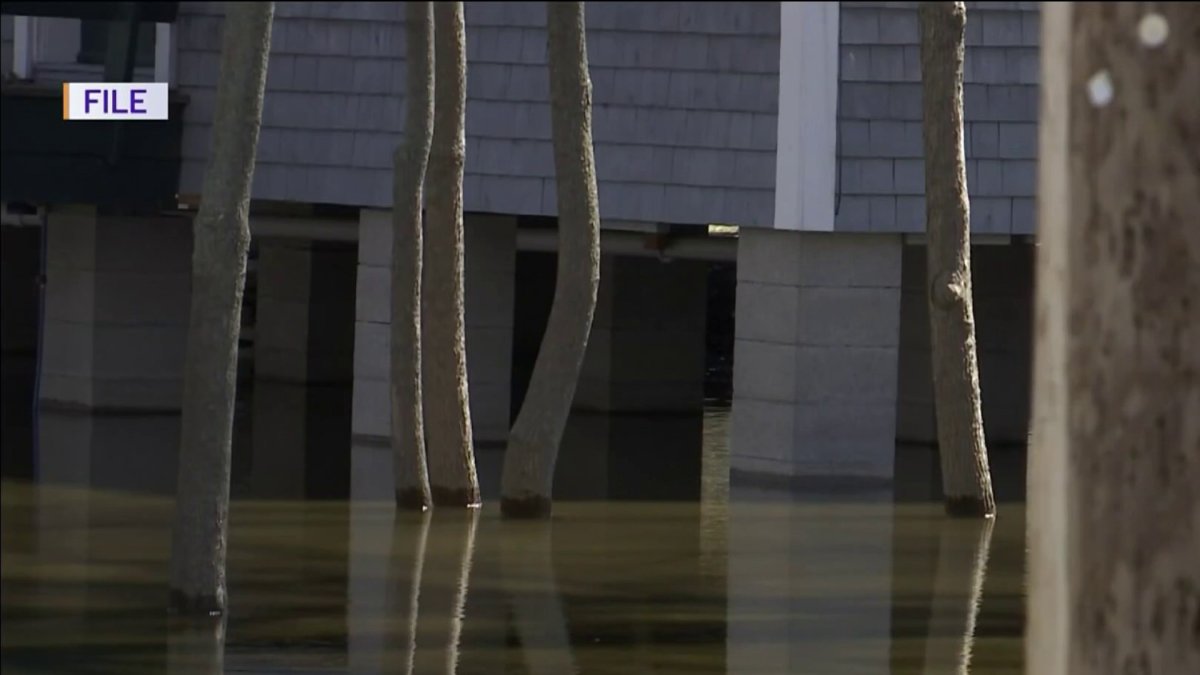
New research from the University of Vermont puts an eye-popping price tag on the potential damaged caused by flooding in the next century.
New research from the University of Vermont puts an eye-popping price tag on potential damage from flooding over the next century.
"I think it is a wake-up call," said Jesse Gourevitch, the lead author of the UVM study.
The report says costs from flood damage in Vermont, purely in terms of money, could balloon to nearly $5.3 billion over the next century, accounting for the projected worsening of storms due to climate change. That dollar figure is more than double the expectations under current conditions.
Gourevitch said he and his colleagues found lower-income homeowners are expected to bear the biggest burdens from flooding based on the locations of at-risk homes, such as in mobile home parks near rivers. Therefore, the study suggests interventions should really take into account who's the most vulnerable.
Get New England news, weather forecasts and entertainment stories to your inbox. Sign up for NECN newsletters.
"This study shows that more and more people are going to be directly impacted by climate change" Gourevitch said. "But to me, this is not any indication that these outcomes are set in stone or that there's nothing to do about them."
The recent PhD recipient from UVM said measures such as restoring floodplains and wetlands, stabilizing riverbanks and planting more vegetation can help reduce the impacts of flooding.
"Flooding is the number one natural hazard we face in Vermont," pointed out Ben Rose, who leads recovery and mitigation efforts for Vermont Emergency Management.
More on Flooding in Vermont
Rose said he believes the UVM study will help inform discussions around climate change impacts.
As NECN reported in August, since Tropical Storm Irene more than a decade ago, Vermont has been a leader in rebuilding from destructive floods with long-term resiliency in mind. A washed-out bridge, for example, now is likely to be replaced with a larger culvert underneath -- which is more able to bear much heavier flows of water.
Other work is underway, too, Rose said, including providing hazard mitigation grant funding.
"Land use planning is going to be the long-term answer to reducing Vermont's flood vulnerability," Rose predicted.
When it comes to how individuals can prepare for flooding, emergency officials' recommendations include checking with your town offices to see if your property is at risk from flooding and knowing where to seek higher ground, including on foot.
For more information on flood preparedness, visit this website: https://vem.vermont.gov/preparedness/floods
Sign up for our Breaking newsletter to get the most urgent news stories in your inbox.